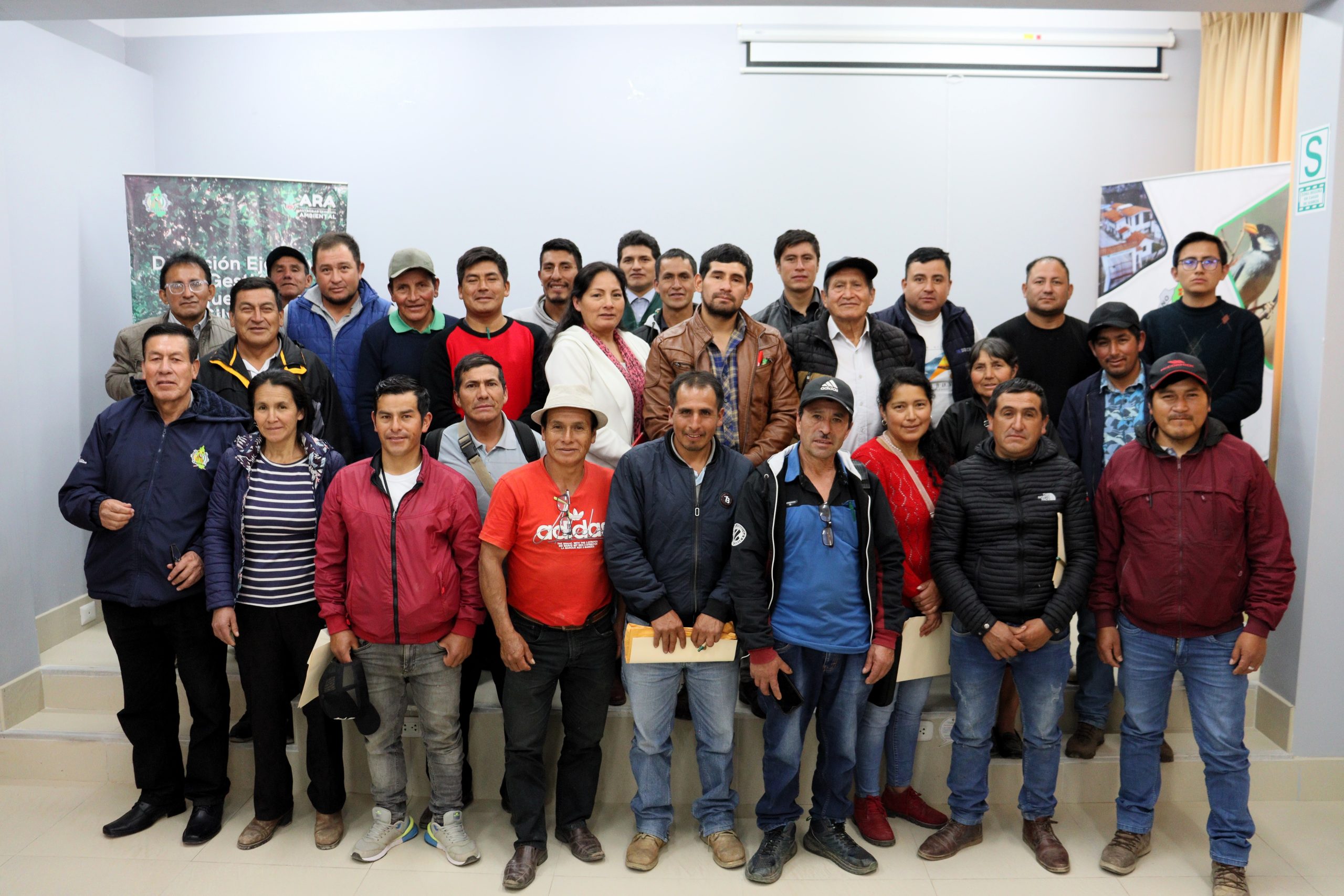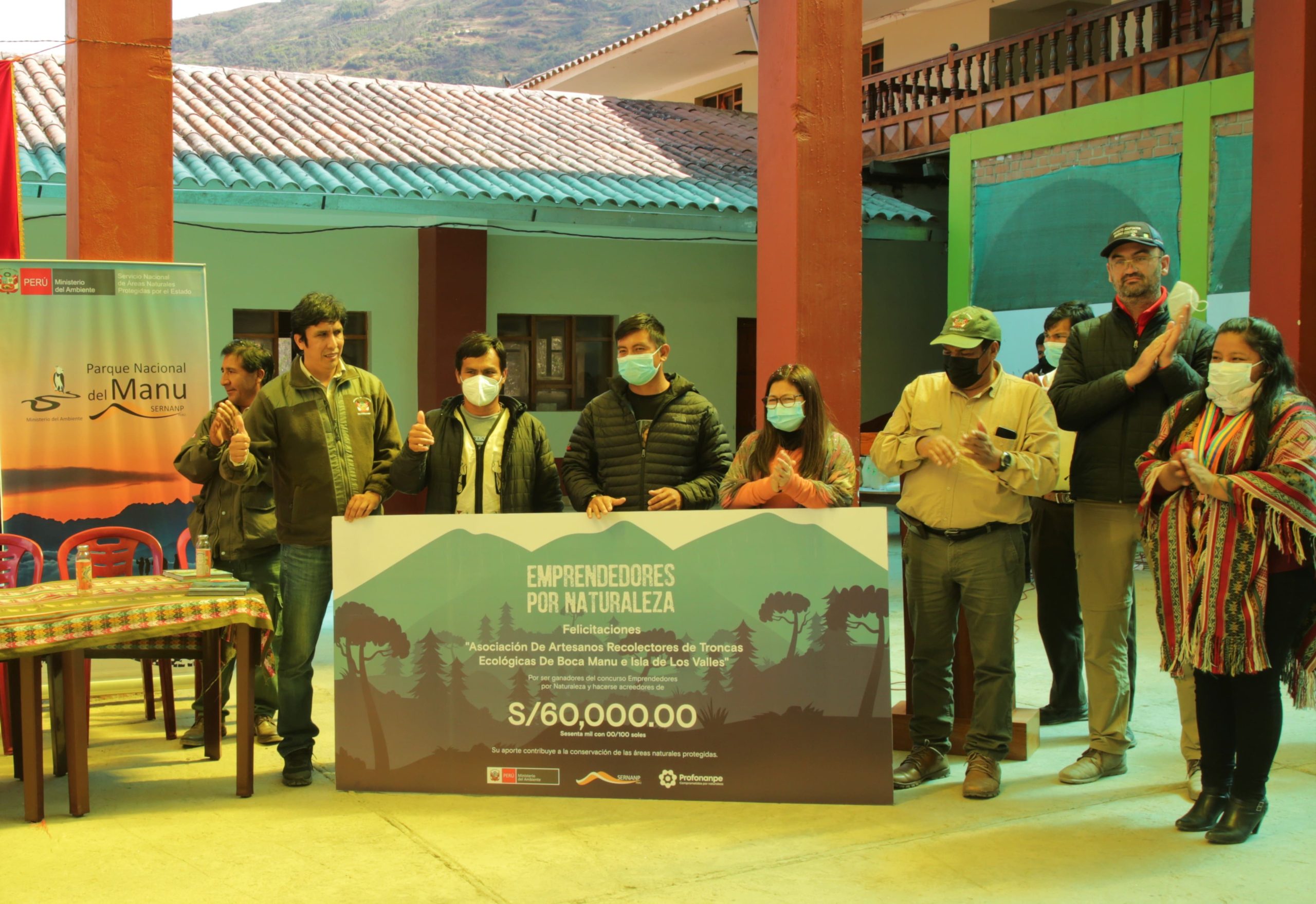Stenocercus dracopennatus sp. nov. Photo: Pablo Venegas
Thanks to the biological survey carried out during the implementation of these projects, it was possible to determine the diversity of amphibians and reptiles in the Cordillera de Colán National Sanctuary and other KBAs of the Northeast corridor of Peru. Principally, 4 new species of lizard of the genus Stenocercus were identified: Stenocercus catherineae sp. nov., Stenocercus dracopennatus sp. nov., Stenocercus flagracanthus sp. Nov. and Stenocercus philmayi sp. Nov.
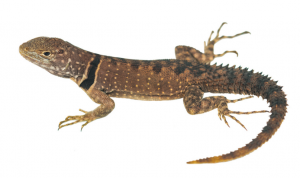
Stenocercus flagracanthus sp. nov. Photo: Germán Chávez
According to Pablo Venegas, CORBIDI’s principal investigator, this discovery represents an important reason to conserve these KBAs. Besides, he highlights that there is still much to investigate in this region: “We do not know well what is being protected. The more we know about it, the easier it will be to preserve it”. Likewise, he considers that the financing of this type of scientific research project is crucial since it directly helps to generate the bases for the conservation of biodiversity in the Tropical Andes Hotspot, the most biodiverse and threatened region in the world.
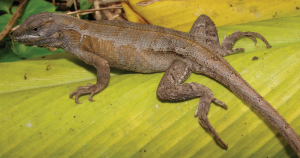
Stenocercus catherineae sp. nov. Photo: Pablo Venegas
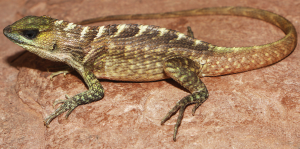
Stenocercus philmayi sp. nov. Photo: Iván Wong
This was achieved through two projects supported by CEPF. The first, called “Treasures to discover: Herpetofauna of the Cordillera de Colán National Sanctuary” was developed in collaboration with the Environmental Fund of Peru (Profonanpe) and CORBIDI. The second, “Promoting research in prioritized KBAs in Peru from the Tropical Andes Hotspot,” was implemented through APECO.
We invite you to review the complete document of the investigation here.



